6. Repulsion
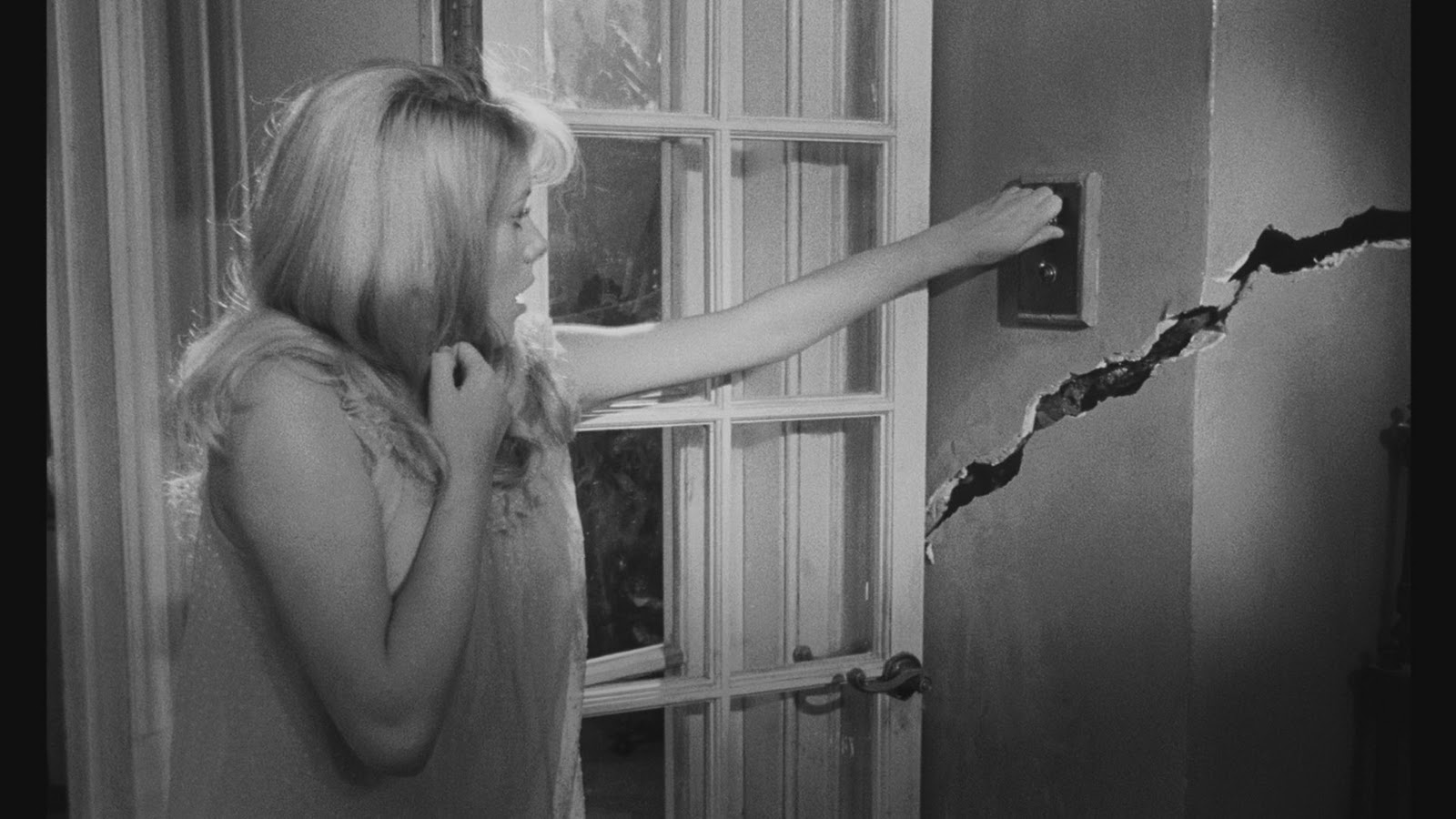
If ever there was a perfect title for a film, “Repulsion” is it. A precursor to “Rosemary’s Baby,” Roman Polanski’s “Repulsion” explores the eponymous theme to full effect. Catherine Deneuve plays Carole, an uptight, delicate young manicurist repelled and held hostage by her disgust of men, bodily contact, and a certain festering rabbit.
Cooped up in her London apartment after her sister goes on vacation, Carole slowly loses her already fragile grip on reality. Her fears and repulsions haunt her incessantly. Murders naturally ensue.
As one of the most convincing psychological thrillers ever made, “Repulsion” turns the most mundane objects into terrifying menaces. It also makes great use of the protagonist also being the antagonist.
The screenplay, written by Polanski and Gérard Brach, delves into the surreal while exploring female sexuality and the male gaze during the 1960s, a time of whirlwind changes in cultural norms. For a woman like Carole, a young Belgian immigrant, new freedoms, mixed messages and expectations strike as all too daunting. The story also passingly touches on Carole’s relationship with her father, a Freudian hallmark relished by the original surrealists.
7. Meshes of the Afternoon
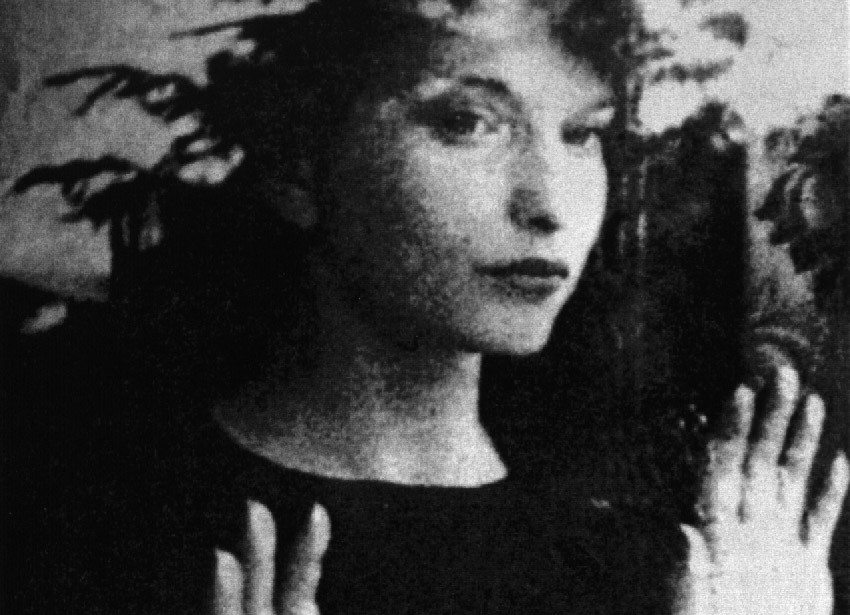
Maya Deren and Alexander Hammid’s “Meshes of the Afternoon” has been categorized as a “trance film,” for portraying a subjective reality drenched with symbolism. In short, another surrealist Pandora’s Box that paved the way for American avant-garde cinema.
In “Meshes,” symbols play out in a circular, repetitive manner. Tension is created through the odd placement of keys, knives, a telephone’s handset, and hijab-wearing, mirror-faced people. The knife can found at odd angles; the key is scattered throughout the house and eventually emerges from Deren’s mouth; the telephone’s handset is never where it should be.
It just dangles, disorienting Deren’s character. Eventually, a man comes and reveals these displacements for what they are. Although these objects and “man-saving-the-day” bit are clichés to contemporary audiences, they seem less so in the film.
Regardless, “Meshes” offers an invitation to free associate. And events run their course in a non-narrative manner, gaining cohesion through its emotional appeal and poetic quality. Initially a silent film, Deren later added a soundtrack to it.
As an intimate film made by a husband-and-wife team, it is also a beautiful exercise in style. Hammid was already a well-known documentary cinematographer when he shot the film and had a range of techniques to call upon, montage editing and matte shots being some of them. The image of Daren’s face against a windowpane is iconic, something to remember it by.
8. After Hours
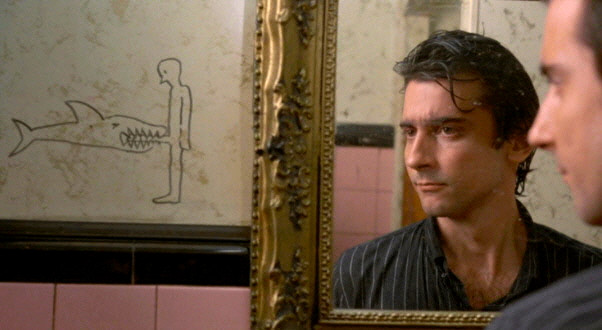
Here is a film that is touted at film schools for its surrealist, experimental bent. One that was made on the fly and with plenty of improvisation, giving hope to many budding screenwriters. A suspenseful black comedy that gleefully flirts with the absurd, “After Hours” is filled with improbable occurrences and coincidences, taking us into a night odyssey where everything that could possibly go wrong does.
Set in New York, the story is about Paul Hackett, a computer programmer who encounters the city’s underbelly after he loses his one $20 bill. During the course of one night, everyone he meets – artists, loners, thieves, waiters – takes him on a wild ride of enticement and disappointment.
Martin Scorsese latched onto the script written by Joseph Minion, then a graduate student at Columbia University, at a time when “The Last Temptation of Christ” was on standby. Calling it an exercise in style, Scorsese brought in cinematographer Michael Ballhaus, who had previously collaborated with Fassbinder.
Shot on a tight schedule and low budget, “After Hours” conveyed a deliriousness that is achieved through bizarre (and seemingly unmotivated) close-ups, brusque POV camera movements, and off-kilter angles, heightening the protagonist’s predicament and giving it the paranoid, dreamlike quality for which it is known.
9. Little Otik
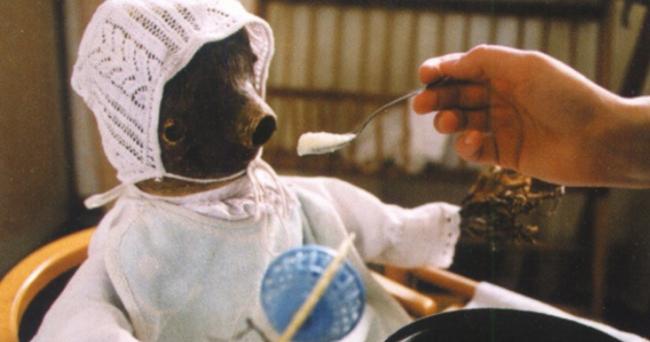
No contemporary surrealist list can do without a film or two by Jan Svankmajer. And this one was made in collaboration with his late wife, Eva Švankmajerová, a member of the Czechoslovak Surrealist Group.
Drawn from the folktale “Otesánek” by Karel Jaromír Erben, the plot revolves around a couple that has problems conceiving. Heeding to their neighbors’ pressure and supposedly their own wishes, they find a substitute for their nurturing instincts in the form of a wood stump.
Yes, a block of wood that the husband brings home, varnishes, and the wife coddles like a baby. After faking a pregnancy, baby Otik comes to life. But baby Otik is no ordinary baby. He has an insatiable appetite for anything and anyone.
Were it not for a neighbor’s daughter, a little girl who is savvier than any of the adults, baby Otik would be unstoppable. It’s up to her to put a stop to Otik with the help of an old woman, a tenant in the panelak they all live in.
Among the long slate of films by Svankmajer, this one has all the grotesque, gothic sensibilities – and humor! – in the vein of the best Czech folktales.
10. Alice
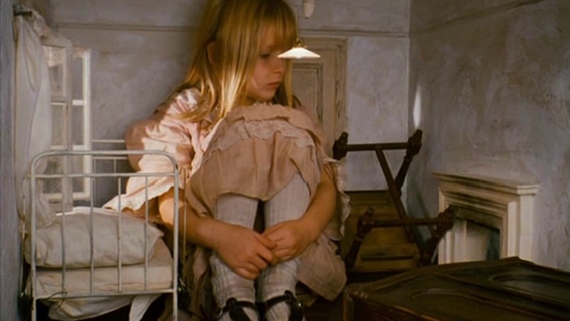
What happens when “Alice in Wonderland” gets the Jan Svankmajer treatment? A uniquely bizarre trip with the auteur’s stamp, naturally.
Svankmajer takes the familiar story, mixing live actors with animation, and gave it his own quirky twists. The rabbit is made of sawdust, leaving a desert-like trail of it; Alice alternates between being a doll and a child; the rabbit hole is a drawer filled with tools.
While “Alice” may lack a bit in humor, a staple of Svankmajer’s other films, it makes up for it with the imagery and the off-kilter, deadpan acting of the little girl. The animated doll is also a weird thing to behold; its/her expressions invite projections. Overall, “Alice” is surrealistic play dough.
Author Bio: Mariana Sabino has a B.A. degree in Media Arts, and studied screenwriting at FAMU in Prague. She is a freelance writer who is currently working on a novel.